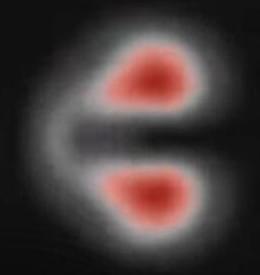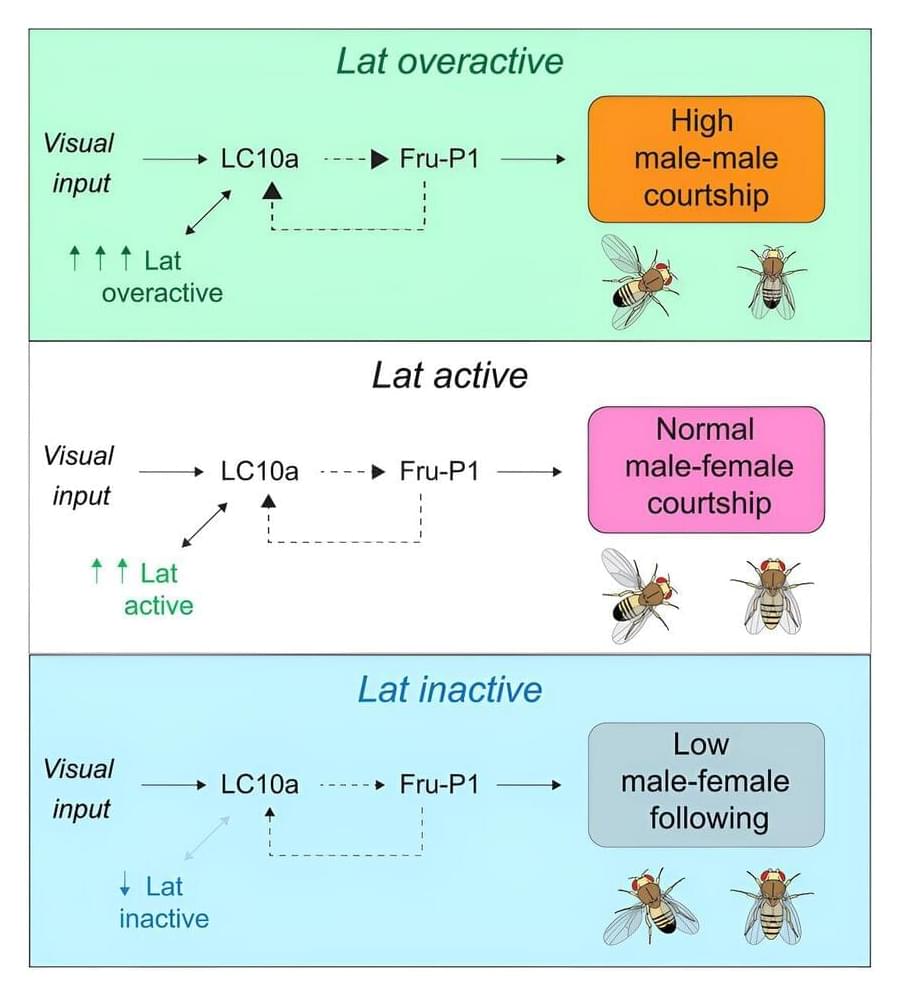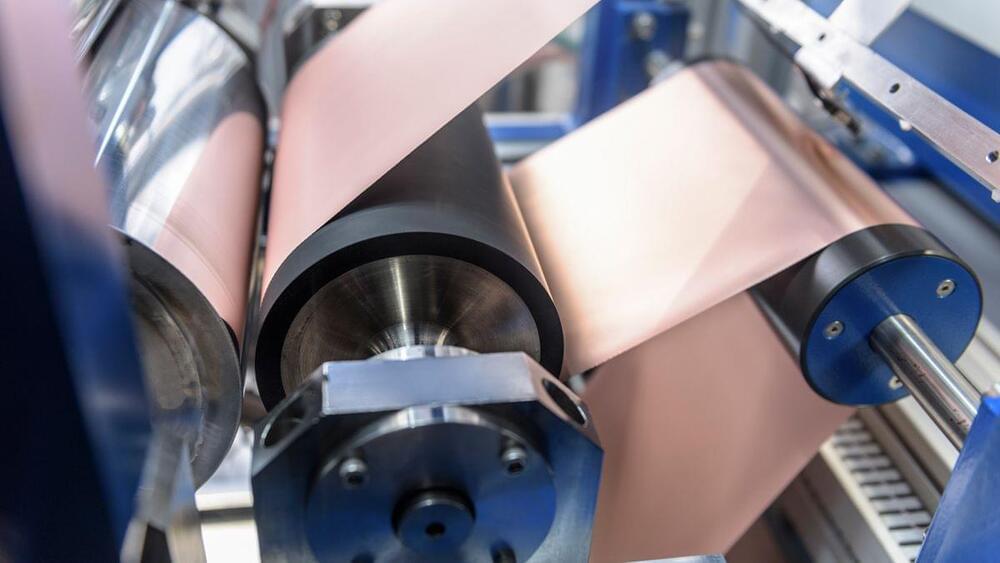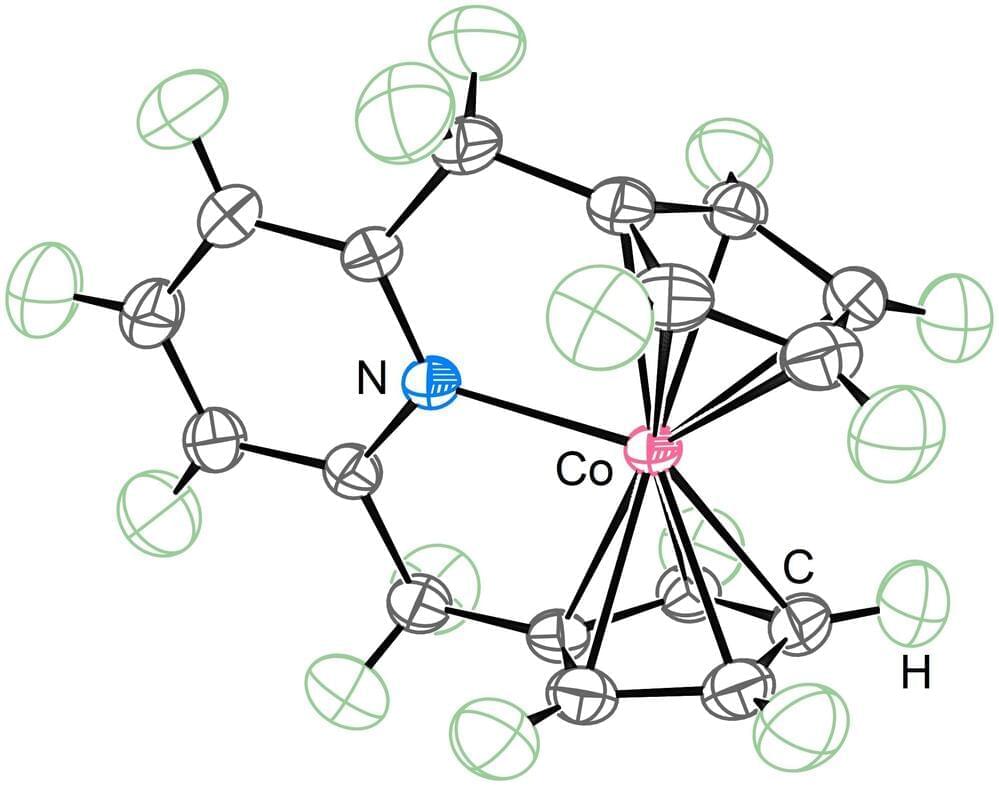Using a quantum device, researchers have observed, for the first time, a molecular process called conical intersection that is important in reactions such as photosynthesis.


Researchers have created a new 3D-printed substance dubbed “engineered living material.”
Removing pollutants from water is a crucial and arduous process to ensure that it is free from harmful contaminants. In recent years, several approaches and technologies for water pollution remediation have been developed and employed, including filtration, nano-materials, and chemical treatment, to mention a few.
Now, researchers at the University of California, San Diego, have developed a new environmentally friendly method for removing chemical contaminants from water bodies.
University of California.
In recent years, several approaches and technologies for water pollution remediation have been developed and employed, including filtration, nano-materials, and chemical treatment, to mention a few.

A team of scientists from Ames National Laboratory has developed a new machine learning model for discovering critical-element-free permanent magnet materials. The model predicts the Curie temperature of new material combinations. It is an important first step in using artificial intelligence to predict new permanent magnet materials. This model adds to the team’s recently developed capability for discovering thermodynamically stable rare earth materials. The work is published in Chemistry of Materials.
High performance magnets are essential for technologies such as wind energy, data storage, electric vehicles, and magnetic refrigeration. These magnets contain critical materials such as cobalt and rare earth elements like neodymium and dysprosium. These materials are in high demand but have limited availability. This situation is motivating researchers to find ways to design new magnetic materials with reduced critical materials.
Machine learning (ML) is a form of artificial intelligence. It is driven by computer algorithms that use data and trial-and-error algorithms to continually improve its predictions. The team used experimental data on Curie temperatures and theoretical modeling to train the ML algorithm. Curie temperature is the maximum temperature at which a material maintains its magnetism.

Summary: New findings challenge our understanding of fruit fly social behaviors. While traditionally thought to rely primarily on chemical receptors for social interactions, the fruit fly’s visual system plays a pivotal role too.
By manipulating the visual feedback neurons in male fruit flies, researchers discovered that their social inhibitions were altered, leading males to court other males. This novel insight can potentially enlighten our comprehension of social behaviors in humans, including those with bipolar disorder and autism.

Male fruit flies don’t usually like each other. Socially, they reject their fellow males and zero in on the females they discern via chemical receptors—or so scientists thought.
New research from Cornell University biologists suggests the fruit fly’s visual system, not just chemical receptors, are deeply involved with their social behaviors. The work sheds light on the possible origin of differences in human social behaviors, such as those seen in people with bipolar disorder and autism.
The paper is published in Current Biology.


Organometallic compounds, molecules made up of metal atoms and organic molecules, are often used to accelerate chemical reactions and have played a significant role in advancing the field of chemistry.
Metallocenes, a type of organometallic compound, are known for their versatility and special “sandwich” structure. Their discovery was a significant contribution to the field of organometallic chemistry and led to the awarding of the Nobel Prize in Chemistry in 1973 to the scientists who discovered and explained their sandwich structure.
The versatility of metallocenes is due to their ability to “sandwich” many different elements to form a variety of compounds. They can be used in various applications, including the production of polymers, glucometers—used to measure the amount of glucose in the blood, perovskite solar cells, and as a catalyst, a substance that increases the rate of a chemical reaction without being consumed or changed by the reaction itself.
Scientists have been able to observe a common interaction in quantum chemistry for the first time, by using a quantum computer to shadow the process at a speed 100 billion times slower than normal.
Known as a conical intersection, the interactions have long been known about, but are usually over in mere femtoseconds – quadrillionths of a second – making direct observations impossible to carry out.
A research team from the University of Sydney in Australia and the University of California, San Diego, instead monitored the reaction using a charged particle trapped in a field, allowing them to follow a version of the process that dragged on for a relative eternity.
A molecular assembler, as defined by K. Eric Drexler, is a “proposed device able to guide chemical reactions by positioning reactive molecules with atomic precision”. A molecular assembler is a kind of molecular machine. Some biological molecules such as ribosomes fit this definition. This is because they receive instructions from messenger RNA and then assemble specific sequences of amino acids to construct protein molecules. However, the term “molecular assembler” usually refers to theoretical human-made devices.
Beginning in 2007, the British Engineering and Physical Sciences Research Council has funded development of ribosome-like molecular assemblers. Clearly, molecular assemblers are possible in this limited sense. A technology roadmap project, led by the Battelle Memorial Institute and hosted by several U.S. National Laboratories has explored a range of atomically precise fabrication technologies, including both early-generation and longer-term prospects for programmable molecular assembly; the report was released in December, 2007. In 2008 the Engineering and Physical Sciences Research Council provided funding of 1.5 million pounds over six years for research working towards mechanized mechanosynthesis, in partnership with the Institute for Molecular Manufacturing, amongst others. Likewise, the term “molecular assembler” has been used in science fiction and popular culture to refer to a wide range of fantastic atom-manipulating nanomachines, many of which may be physically impossible in reality. Much of the controversy regarding “molecular assemblers” results from the confusion in the use of the name for both technical concepts and popular fantasies. In 1992, Drexler introduced the related but better-understood term “molecular manufacturing”, which he defined as the programmed “chemical synthesis of complex structures by mechanically positioning reactive molecules, not by manipulating individual atoms”.This article mostly discusses “molecular assemblers” in the popular sense. These include hypothetical machines that manipulate individual atoms and machines with organism-like self-replicating abilities, mobility, ability to consume food, and so forth. These are quite different from devices that merely (as defined above) “guide chemical reactions by positioning reactive molecules with atomic precision”.
Because synthetic molecular assemblers have never been constructed and because of the confusion regarding the meaning of the term, there has been much controversy as to whether “molecular assemblers” are possible or simply science fiction. Confusion and controversy also stem from their classification as nanotechnology, which is an active area of laboratory research which has already been applied to the production of real products; however, there had been, until recently, no research efforts into the actual construction of “molecular assemblers”.
Nonetheless, a 2013 paper by David Leigh’s group, published in the journal Science, details a new method of synthesizing a peptide in a sequence-specific manner by using an artificial molecular machine that is guided by a molecular strand. This functions in the same way as a ribosome building proteins by assembling amino acids according to a messenger RNA blueprint. The structure of the machine is based on a rotaxane, which is a molecular ring sliding along a molecular axle. The ring carries a thiolate group which removes amino acids in sequence from the axle, transferring them to a peptide assembly site. In 2018, the same group published a more advanced version of this concept in which the molecular ring shuttles along a polymeric track to assemble an oligopeptide that can fold into a α-helix that can perform the enantioselective epoxidation of a chalcone derivative (in a way reminiscent to the ribosome assembling an enzyme). In another paper published in Science in March 2015, chemists at the University of Illinois report a platform that automates the synthesis of 14 classes of small molecules, with thousands of compatible building blocks. In 2017 David Leigh’s group reported a molecular robot that could be programmed to construct any one of four different stereoisomers of a molecular product by using a nanomechanical robotic arm to move a molecular substrate between different reactive sites of an artificial molecular machine. An accompanying News and Views article, titled ‘A molecular assembler’, outlined the operation of the molecular robot as effectively a prototypical molecular assembler.
Source: https://en.wikipedia.org/wiki/Molecular_assembler.
Created with WikipediaReaderReborn © WikipediaReader.

Zirconium, the metal extracted from the mineral, zircon, may not be well-known, but its remarkable properties make it indispensable in nuclear power, the chemical industry, medicine and more. Since ancient times, zircon — a word believed to have originated from the Persian zargun, meaning gold-like — has been used in jewellery and decorations.
The IAEA has released The Metallurgy of Zirconium, a three-volume publication offering a comprehensive overview of the metal, its extraction, properties and applications in nuclear energy. Here are five interesting facts about zirconium.